Developing Library Collections for Todays Young Adults
Amy S. Pattee

THE SCARECROW PRESS, INC.
Lanham Toronto Plymouth, UK
2014
Published by Scarecrow Press, Inc.
A wholly owned subsidiary of The Rowman & Littlefield Publishing Group, Inc.
4501 Forbes Boulevard, Suite 200, Lanham, Maryland 20706
http://www.scarecrowpress.com
Estover Road, Plymouth PL6 7PY, United Kingdom
Copyright 2014 by Scarecrow Press
All rights reserved. No part of this book may be reproduced in any form or by any electronic or mechanical means, including information storage and retrieval systems, without written permission from the publisher, except by a reviewer who may quote passages in a review.
British Library Cataloguing in Publication Information Available
Library of Congress Cataloging-in-Publication Data
Pattee, Amy.
Developing library collections for todays young adults / Amy S. Pattee.
pages cm
Includes bibliographical references and index.
ISBN 978-0-8108-8734-3 (cloth) -- ISBN 978-0-8108-8735-0 (ebook) 1. Young adults libraries--Collection development--United States. 2. Libraries--Special collections--Nonbook materials. 3. Multimedia library services--United States. 4. Libraries and teenagers--United States. I. Title.
Z718.5P38 2013
027.62'6--dc23
2013018596
 The paper used in this publication meets the minimum requirements of American National Standard for Information Sciences Permanence of Paper for Printed Library Materials, ANSI/NISO Z39.48-1992.
The paper used in this publication meets the minimum requirements of American National Standard for Information Sciences Permanence of Paper for Printed Library Materials, ANSI/NISO Z39.48-1992.
Printed in the United States of America
Preface
Since recognition of the young adult as a legitimate patron of the public library in the early twentieth century, librarians have been piloting and formalizing best practices in teen services. The librarys collection of material selected expressly for young people has always been at the center of these efforts. Whereas early library collections for teens included more books for adults than novels we would today consider young adult literature, as young adult publishing came of age in the last quarter of the twentieth century, library collections for young adults diversified to include expressly teen novelshardbacks, paperback originals, and seriesjuvenile and adult titles, as well as graphic and multimedia forms. Since the turn of the twenty-first century, young adult publishing has expanded even further, and young adult literature has become much more popularand not just among teens. Adults whose heads were turned by the Harry Potter series are now reading young adult series such as Suzanne Collinss Hunger Games trilogy and Stephenie Meyers Twilight series. That these series have been translated into successful mainstream films has only heightened their status. This diversificationnot to mention proliferationin young adult publishing is both a boon and a challenge to the YA librarian: With so much to choose from, how do librarians ensure that the selections we make and the materials we purchase are the right ones?
Taking on the job of collection development for young adults positions a librarian on the crest of a relatively new wave of library services. Between 1994 (when such statistics were first collected) and 2007 (when the Public Library Data Service annual survey last included questions about young adult services), the number of libraries with dedicated collections of young adult material (housed separately from other materials in the library) had risen from 58 to 83.9 percent in central or main libraries and to 72.2 percent in branch libraries (Mustafoff and Teffeau 2008, 13). These dedicated collections are distinguished by their patron-centric definition: young adult collections are developed primarily for members of the wide demographic we define as young adult, those between the ages of twelve and eighteen. Teen patrons are not the only readers who consult young adult collections, however. Preteen readers who are interested in reading up, parents of teen readers and nonreaders, teachers and school librarians, and adults with a penchant for young adult fiction are among the patrons of the public library YA collection. This diversity among users means that the librarian developing a young adult collection must consider how the collection supports the scholastic and recreational information and reading needs and interests of its adolescent patrons, as well as the needs and interests of its secondary users. Ensuring such coverage is a challenge that involves thinking about the YA collection as a single entity, as well as in terms of its relationship to the librarys greater collection of material. Ultimately, librarians developing young adult collections should strive to meet the collection goal set by the American Library Associations (ALA) Young Adult Library Services Association (YALSA), as articulated in its white paper The Importance of a Whole Library Approach to Public Library Young Adult Services: A YALSA Issue Paper, and develop collections that include a full complement of materials such as magazines and books in the adult, teen, and childrens areas of the library are required in order to support the recreational and personal growth needs of teens at all levels of development (Braun 2011a, Collection Development). To ensure that these goals are met, young adult librarians engage in a dual process of collection assessment and development.
Collection Assessment and Collection Development
In this book we use collection assessment and collection development as umbrella terms to describe the two categories of activity that contribute to the creation and maintenance of a librarys collection of young adult material. Here, collection assessment refers to those practices in which librarians engage to ensure that library collections are fresh and relevant. These include examining circulation records of individual titles or groups of titles with an eye toward gauging their use by the population and weeding and discarding outdated and unused material from the collection. Collection development indicates those practices in which librarians engage to select material for and add material to a librarys collection. Although collection assessment and collection development can describe two distinct and discrete processes, this book emphasizes their relationship and encourages librarians to consider them in tandem.
General guides to collection development note two primary approaches to the assessment and development of library collections: collection centered and user centered. The collection-centered approach focuses on the size and composition of a librarys collection: how many titles it houses, the variety of these titles, and the breadth of coverage. The user-centered approach focuses on the needs and interests of the user of a librarys collection; the characteristics of patrons who use the collection, their patterns of past use, and their expectations for the collection are all factors to consider when taking this approach. Librarians developing collections for young adults must also consider a third perspective, curriculum centered. Because the primary users of young adult collections are typically students, librarians must also consider how the collection meets the curriculum-inspired information needs of the young adults who use it.
Public librarians who develop young adult collections strive to balance all three of these approaches. This means that YA librarians must think about the size of their collections relative to their population of users, the variety of titles in their collections, the composition of these collections, their users needs and interests, and the demands of the local curriculum, then work to balance these concerns. Assessing and developing collections from this perspective means that librarians have to determine what titles might be considered core in a YA collection and work to preserve and include those titles that might be less popular but expected (collection-centric development). For example, most library collections of adult fiction include classic literary novels like


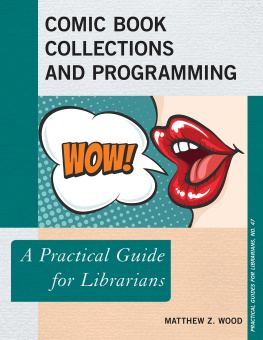


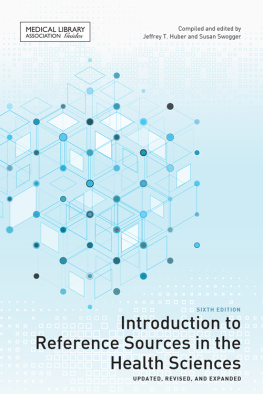
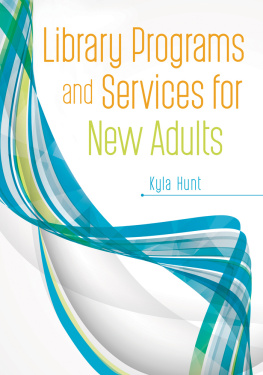
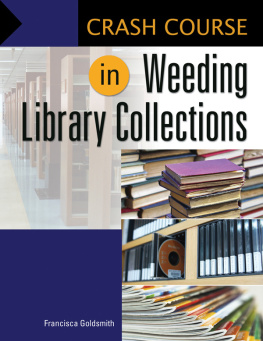
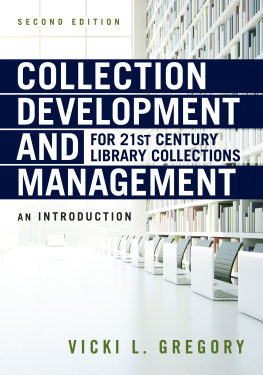

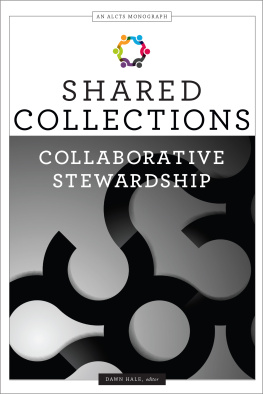
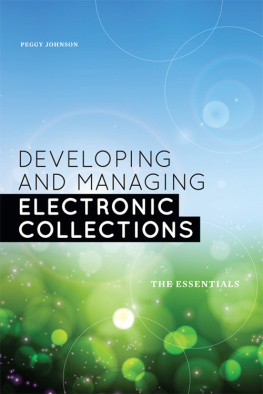

 The paper used in this publication meets the minimum requirements of American National Standard for Information Sciences Permanence of Paper for Printed Library Materials, ANSI/NISO Z39.48-1992.
The paper used in this publication meets the minimum requirements of American National Standard for Information Sciences Permanence of Paper for Printed Library Materials, ANSI/NISO Z39.48-1992.